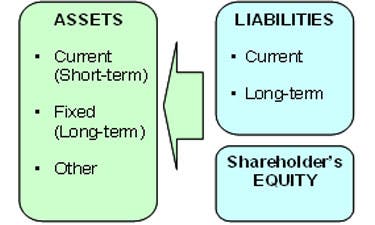Many people forget that the National Hockey League (NHL) is a business in addition to being a professional ice hockey league. Being a business implies making sales and attracting customers (fans). One way to do that is by delivering an entertaining brand of hockey on the ice. Many owners have brought in enforcers to do just that. The enforcers’ job is to rough up and fight opponents. I, personally, am a fan of this tough brand of hockey. A part of hockey’s essence is being a fast-paced and hard-hitting sport. Hockey is a brother-hood and its nice to see teammates defending each other. However, I agree that there is too much pressure put on the enforcers to live up to that image. This article discusses the unfortunate stories of former NHL players. In the summer of 2011, the NHL lost three players to suicide. It was confirmed that all three had depression and that the depression stemmed from their time in the NHL. This news tarnished the leagues brand and as a result I felt it was time for an image change. The beginning of the 2014-15 season was the start of a new look NHL. The role of the “Enforcer” started going into extinction and the league never looked better. I hope that the leagues transformation continues in this positive direction.





